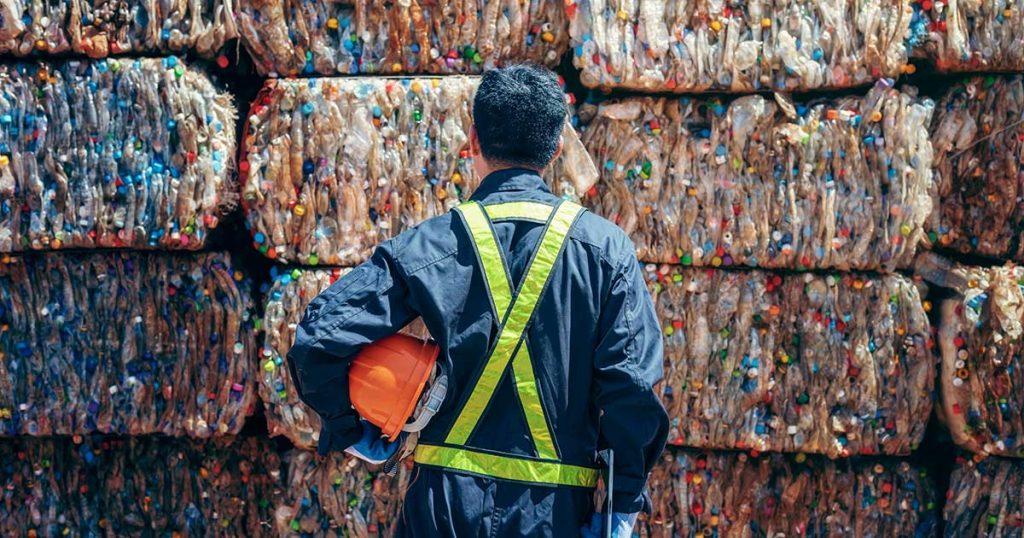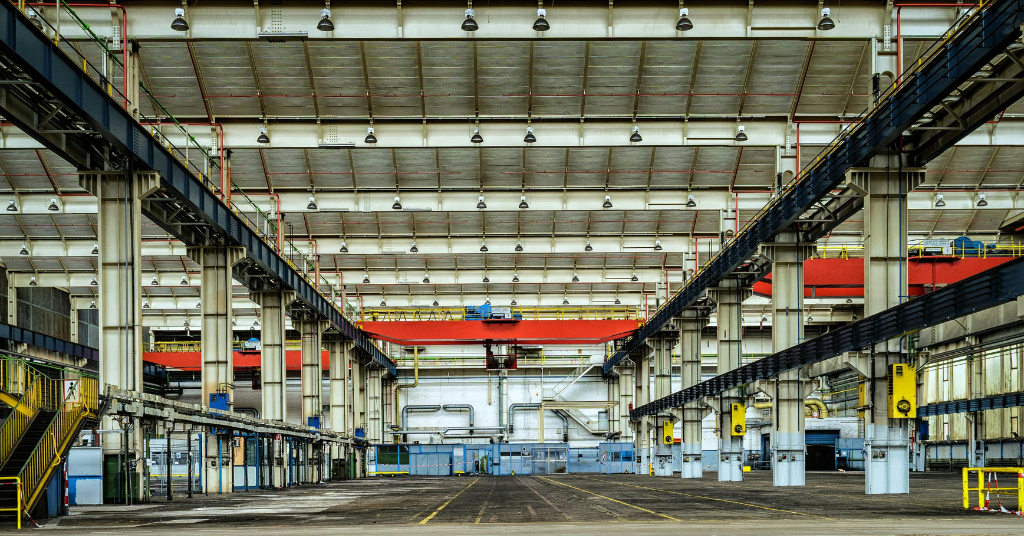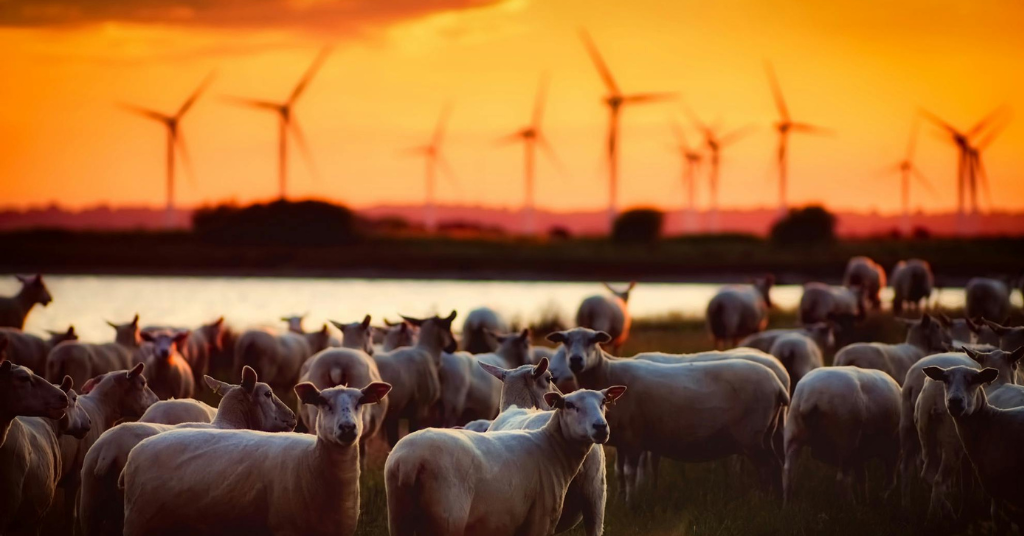In 2023, plastic is ubiquitous on Earth. PET bottles in shopping baskets, nylon bags in the Mariana Trench at the bottom of the ocean, microplastic particles in Antarctic ice sheets and one of the biggest plastic polluters, fishing nets, at unimaginable distances from fishing sites. Plastic is in piles on the shores of Southeast Asia’s fabulous archipelago and in the stomachs of beached turtles and whales. In 2021, 71 kg of plastic waste was found in the stomach of a cow.
Down rivers, into seas, and carried by ocean currents, plastic travels. #EndPlasticPollution pic.twitter.com/pDy9Cq9QNi
— Lewis Pugh Foundation (@LewisPughFDN) May 30, 2023
Today, there is no living creature that is not exposed to plastic pollution, and let’s not get our hopes up: that includes us humans. According to WWF’s research, 5 grams (or one credit card’s worth) of plastic, enters our bodies every single week, and experts predict that by 2050 there will be more plastic in the oceans than fish. This, in short, is why we need to regulate plastic use – at home and internationally. It is no longer a question of whether or not we collect plastic bags separately.
Fossil-fuel-derived plastic has become an almost blasphemous term, even though less than a century ago it was seen as a sensational innovation that revolutionised medicine, enabled space travel and opened up new possibilities for storing clean drinking water. Plastic has thus become not only useful but often a life-saving element in our lives. The problem started when thousands of new plastic products hit the shelves after the Second World War, and their production accelerated the more often we started to replace these utensils. Thus the culture of disposable, single-use goods was born.
Although plastic is extremely tough and durable, we use nylon bags and plastic bottles for just a few minutes or hours. Yet it can take up to 400 years for them to degrade. Another alarming detail is that barely 9% of plastic in circulation is recycled, with a further 12% going to incinerators. And the remaining, unimaginably large amount ends up in the oceans or as microplastics in the soil and air, polluting wildlife and endangering our health.
Looking at the figures for the last decades, the 2.3 million tonnes of plastic produced in 1950 has increased to almost 450 million tonnes in 2015, and is expected to double by 2050. Looking at these figures, a little head-counting gives us a pretty daunting figure. It’s no coincidence that one of the most widely quoted predictions is that by the turn of the 21st century there will be more plastic in the sea than fish. And this is all the more possible when you add that single-use plastic accounts for around 40% of all plastic produced worldwide.
The problem is complex, of course, and it is not just plastic itself that is at fault. Nor would it make sense to ban it as a raw material overnight, as it is still irreplaceable in some areas. The problem is really the way we look at it. It’s time to rethink where and how we can replace it, reducing the amount of single-use products. It’s time to move towards a circular economy.
Although more and more of us are aware of the harmful effects of plastic on our environment and health, change can’t come fast enough. The plastics crisis is one of the most pressing global problems of our time, compounded by the ever-increasing production of single-use plastic products. Not to mention the fact that this material not only pollutes after it becomes waste, but also during production and use. It is not surprising that more and more countries and organisations are calling for the rapid introduction of rules on plastics.
In 2018, the European Parliament put on the agenda a ban on single-use plastic products, including straws and balloons, cutlery and plates, ear cleaners, as well as food holders and EPS (expanded polystyrene) cups, and of course plastic bags.
As the world’s number one consumer product and the most common litter on (European) beaches, it is no coincidence that nylon bags have recently been banned in more and more countries. The question is whether regulations and restrictions will succeed in changing the way people and companies think about plastic. And ultimately, are we on time?




